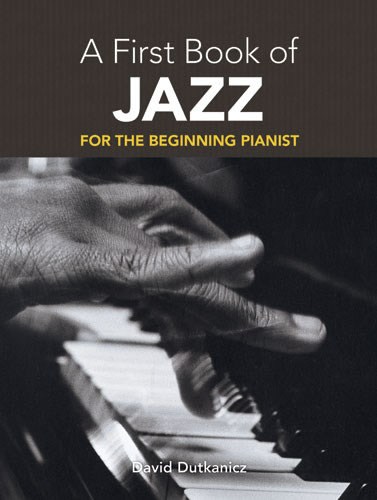Claudio Monteverdi: Madrigals Book VIII - Madrigali Guerrieri Et Amorosi
Here are all of the madrigals from one of the Baroque master's most popular books, reprinted from an authoritative Italian edition. They feature modern notation with text underlay, commentaries, new Preface, new English translations of the original prefatory material, and Italian texts in verse format facing new English line-for-line literal translations.Reprint of Tomo IV and Tomo V of Tutte le opere di Claudio Monteverdi, published "nel Vittoriale degli Italiani," 1927.Table of Contents for Madrigals, Book VIII: Madrigali Guerrieri et AmorosiPrefaceOriginal title page and translationOriginal dedication and translation"Original foreword ("Claudio Monteverde to the Reader") and translation"Translations of the Introductory Texts to the Dramatic PiecesVocal Texts and Translations"CANTI GUERRIERI [SONGS OF WAR] Sinfonia (for two violins and a viola da braccio, to precede No. I)"I. "Altri canti d'Amor, tenero arciero" (for six voices with four viols and two violins)"2a. "Hor che 'l ciel e la terra e 'l vento tace" (for six voices with two violins)"b. "Così sol d'una chiara fonte viva" [same voices and instruments]"3a. "Gira il nemico insidïoso Amore" (for three voices: alto, tenor, and bass) [same voices throughout No. 3]"b. "Nol lasciamo accostar, ch'egli non saglia"c. "Armi false non son, ch'ei s'avvicina"d. "Vuol degl'occhi attaccar il baloardo"e. "Non è più tempo, ohimè, ch'egli ad un tratto"f. "Cor mio, non val fuggir, sei morto e servo"4. "Se vittorie sì belle" (for two tenors) [later also included by the printer Vincenti in the posthumous Monteverdi compilation Book IX, 1651]"5. "Armato il cor d'adamantina fede" (for two tenors) [previously included in Monteverdi's 1632 volume Scherzi musicali and later also included in Book IX]"6a. "Ogni amante è guerrier: nel suo gran regno" (for two tenors)"b. "Io che nell'otio nacqui e d'otio vissi" (bass solo)"c. "Ma per quell'ampio Egeo spieghi le vele" (tenor solo) "d. "Riedi, ch'al nostro ardor, al nostro canto" (for three voices: two tenors and bass)"7. "Ardo, avvampo, mi struggo, ardo: accorrete" (for eight voices with two violins)"8. "Combattimento di Tancredi e Clorinda [Combat of Tancredi and Clorinda; for soprano, two tenors, basso continuo, plus two violins and viola da braccioq. Originally, "four viole da braccio,"]"9a. "Introduzione al ballo [Introduction to the Ballet]: "Volgendo il ciel per l'immortal sentiero" [for tenor and two violins]"b. "Ballo [Ballet]: "Movete al mio bel suon le piante snelle" (for five voices with two violins)"CANTI AMOROSI [SONGS OF LOVE]10a. "Altri canti di Marte e di sua schiera" (for six voices and two violins)"b. "Due belli occhi fur l'armi onde traffittta" [same voices and instruments]"11. "Vago augelletto che cantando vai" (for six and [afterward] seven voices with two violins and a contrabass)"12. "Mentre vaga angioletta" (for two tenors)"13. "Ardo e scoprir, ahi lasso, io non ardisco" (for two tenors) [later also included in Book IX]"14. "O sia tranquillo il mare o pien d'orgoglio" (for two tenors) [later also included in Book IX]"15a. "Ninfa che, scalza il piede e sciolto il crine" (tenor solo)"b. "Qui deh meco t'arresta, ove di fiori" (for two tenors)"c. "Dell'usate mie corde al suon potrai" (for three voices: two













